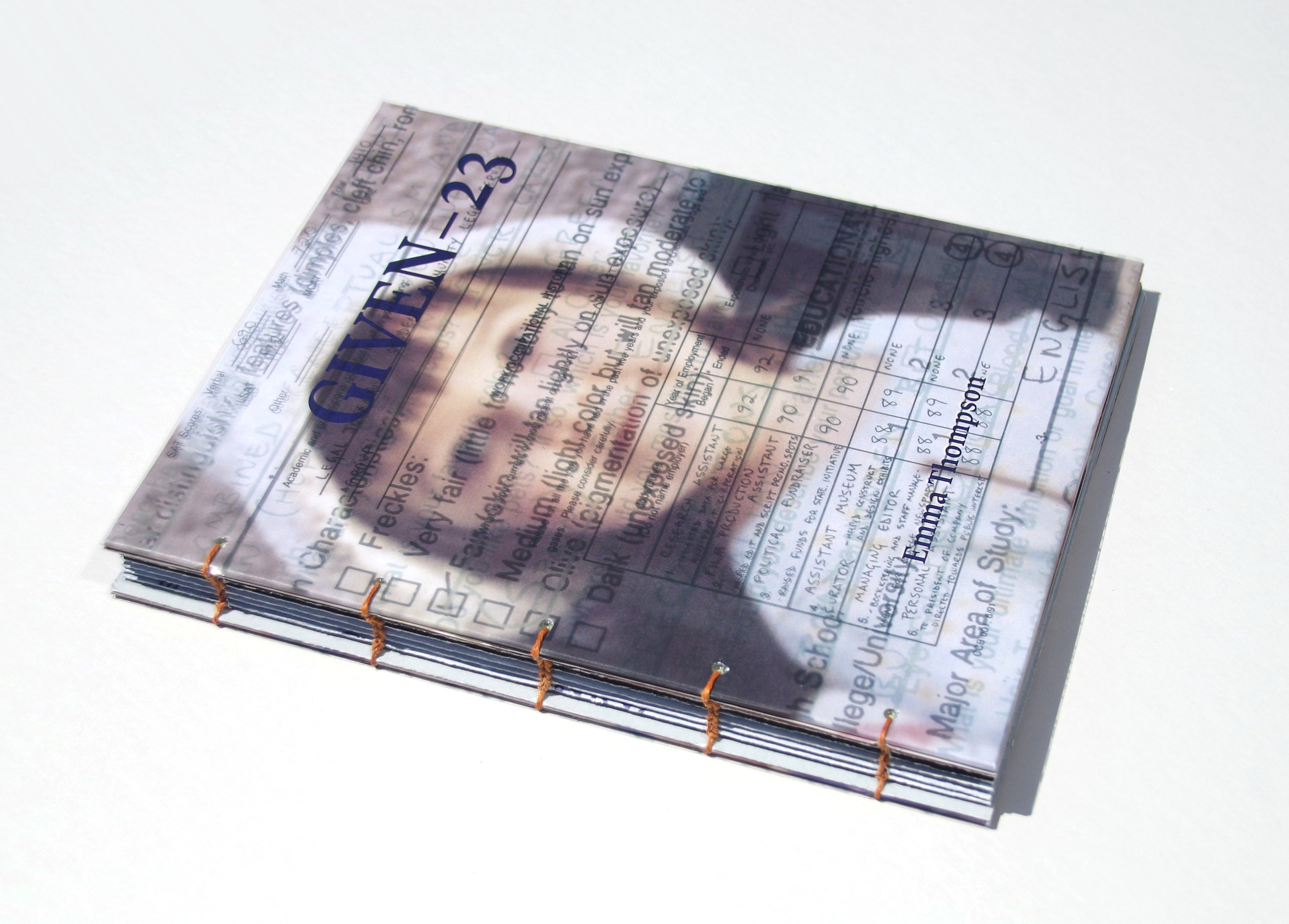Why Hello there, Long time no see. As you probably have noticed I did not really keep up on this process blog. Instead of recording my process digitally, I felt more comfortable keeping up with the process physically in my notebook (photos of that will be shown at the end). Looking back at this whole capstone experience I was able to learn so much about myself and who I am as a designer. My specific capstone is never going to be finished. I may never know how many diblings I have out there. Throughout this iterative process I had to work hard to step back from everything. I couldn't deep dive immediately into it because of how personal the content was for me. I had to slowly morph the content into what it could be. It couldn't be immediately done. Along with the design of the book I had to constantly iterate the content. At times I tried to morph the design into a certain mold. Throughout the process I finally learned that I couldn't do that. I needed to listen to the content and mold the design to the content not the other way around. I learned that images don't have to be photographic. I loved the moments where I just went off and experimented with images and digital manipulations. I was able to discover how to use the pure text of the donor profile as an inspiring image and metaphor through the process of layering it. I am amazed at how much the book has changed from its first iteration. This whole process wasn't really all about the design for me it was more. It was an up and down experience of finding out who I am as a designer and as a person. I still don't have all the answers but this experience helped me gain some of them and allowed me to connect more with my diblings.
Here are images of my Capstone Notebook from start to finish.



























































And Here are some images of my final book for your viewing pleasure.



























































